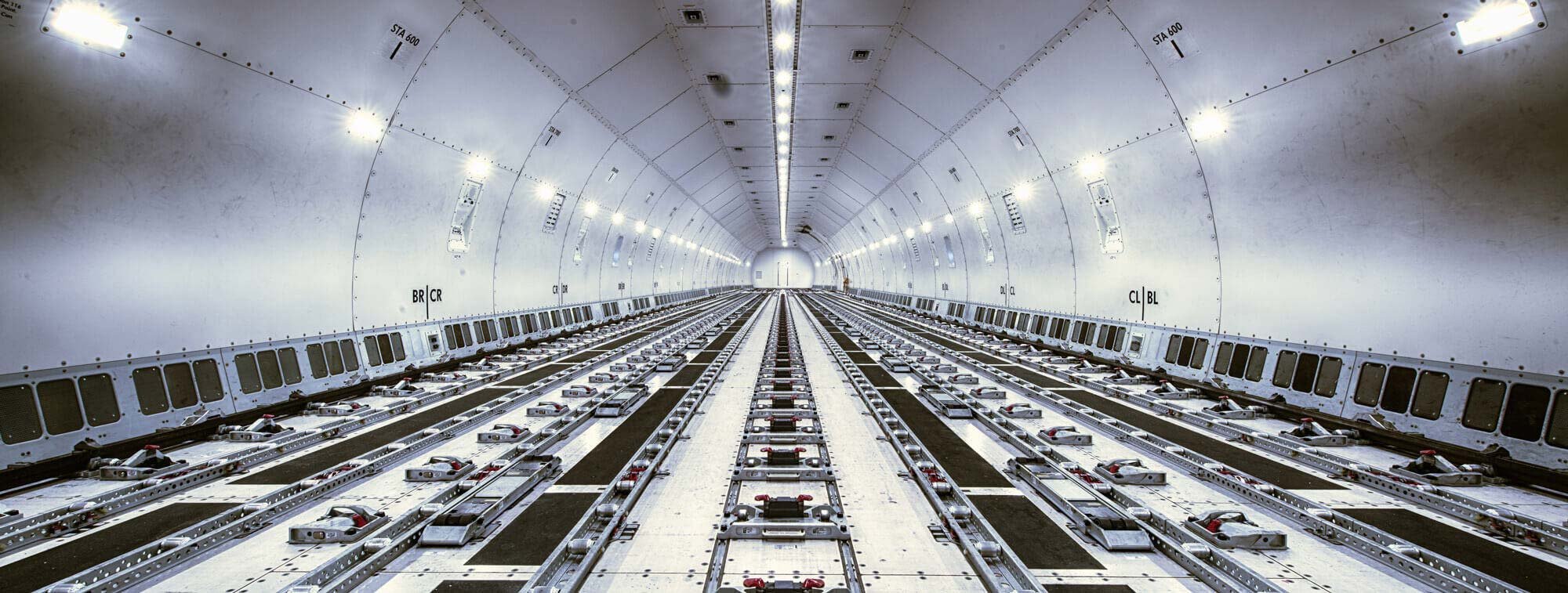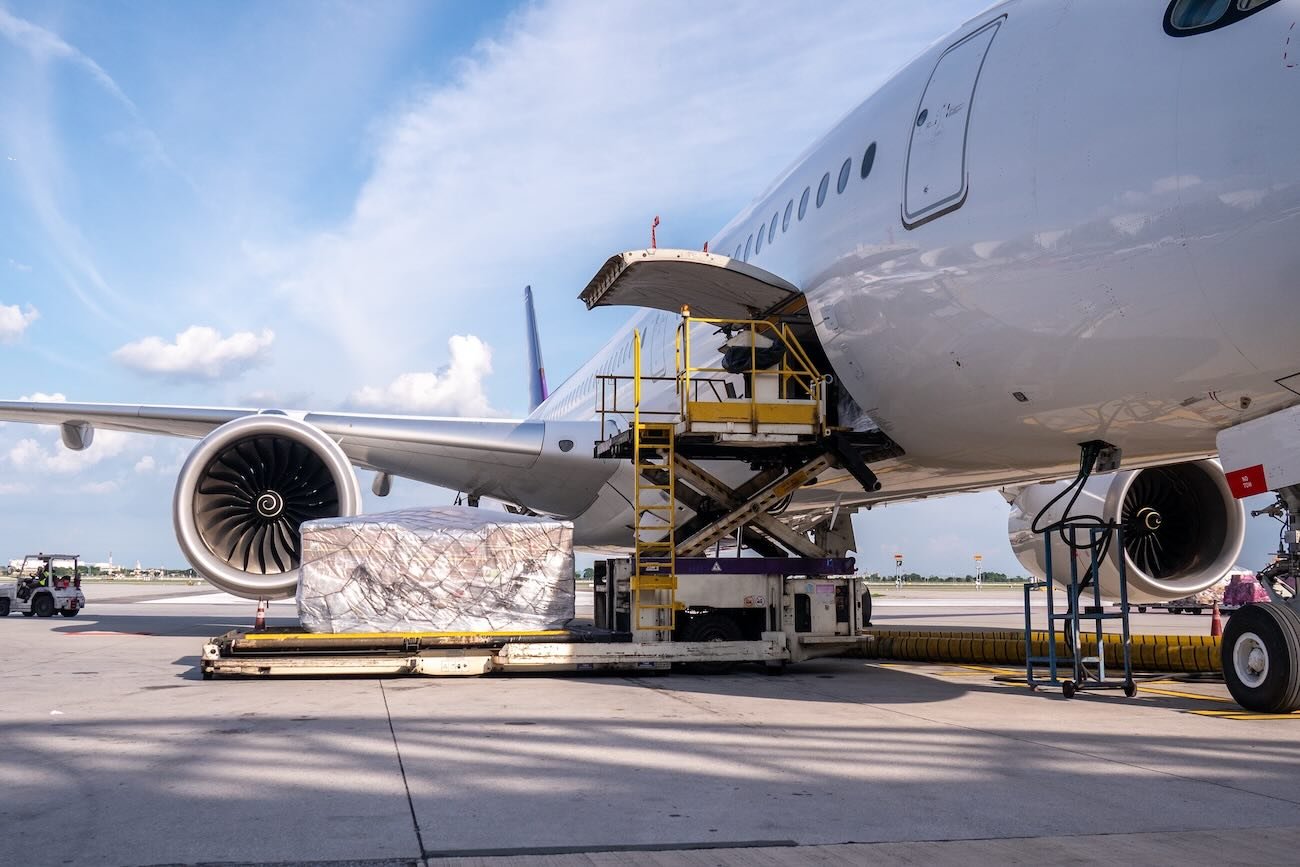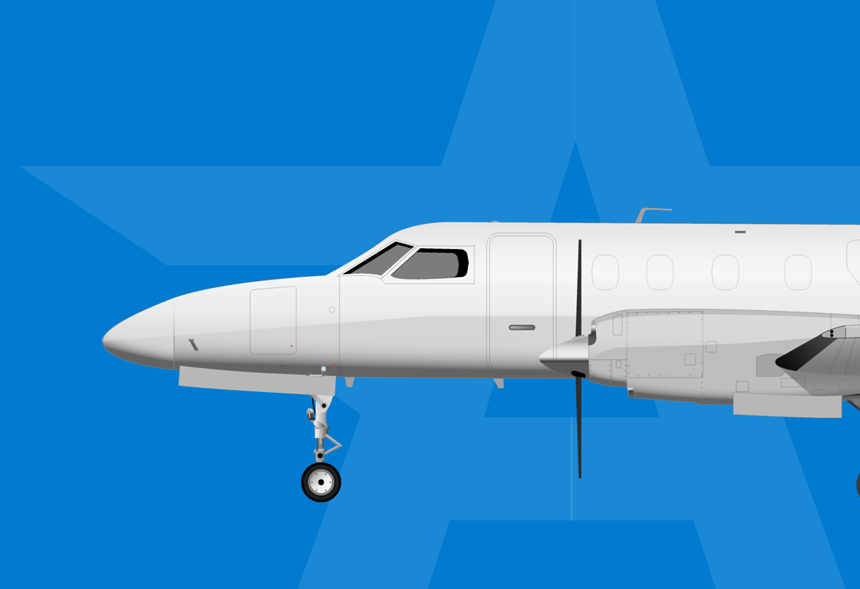When every minute counts, a chartered freighter is unrivaled. A dedicated cargo jet can cover an ocean or an entire continent in hours—journeys that take trucks days and ships weeks.
Modern cargo fleets are stratified by size to match specific charter missions. At the top sit wide-body freighters—twin-aisle workhorses such as the Boeing 747, 767, and Airbus A330—designed to haul heavy, high-volume loads on intercontinental legs. They anchor the long-haul charter market, ferrying bulk commodities and industrial equipment between major hubs.











